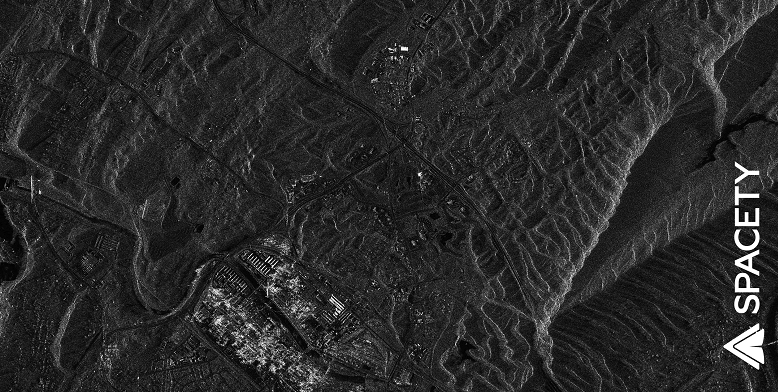Products You May Like
SAN FRANCISCO – Chinese startup Spacety released the first images from Hisea-1, a C-band Synthetic Aperture Radar (SAR) satellite, launched Dec. 22 on China’s new Long March 8 medium-lift rocket.
Three days after launch, Spacety began receiving data from Hisea-1’s SAR payload built by the China Electronics Technology Group. On Dec. 27, Spacety acquired its first batch of SAR imagery including a three-meter-resolution image of Tennessee published in a Dec. 30 news release.
“This is the world’s first miniatured C-band SAR satellite, and also the first commercial SAR in China,” James Zheng, Spacety Luxembourg CEO, told SpaceNews by email.
In recent years, several companies have raised money to build a launch constellations of small SAR satellites. Two have succeeded so far.
Finland’s Iceye operates five X-band SAR satellites. San Francisco-based Capella Space began releasing imagery in October from its first operational satellite, Sequoia, which also operates in X-band.
Spacety plans to build, launch and operate a constellation of 56 small SAR satellites.
“Hisea-1 is the first launched satellite of TY-MiniSAR, the first generation of light and small SAR satellites being developed by Spacety,” James Feng, Spacety founder and CEO, said in a statement. “The constellation based on TY-MiniSAR benefits from low cost, fast deployment, strong coverage capability with a high revisit frequency and flexible scheduling. As a result, the constellation can produce images of high resolution, wide-coverage and continuous monitoring, and will provide customers with more efficient remote sensing services.”
Spacety released images with a resolution of three meters per pixel, its strip mode. While the early images prove Spacety’s SAR works, “more testing and calibration will be done before SAR image data services will be provided to users,” according to the news release.
Spacety also announced it has acquired one-meter-resolution imagery in its spotlight or staring mode. In the future, Spacety plans to obtain imagery with a resolution of 50 centimeters per pixel, “while further reducing the mass, the volume and also the cost of the satellite,” the news release said.
Hisea-1 relies on ThrustMe’s Iodine Electric Propulsion system for orbit maintenance, collision avoidance and de-orbiting at the end of its anticipated three-year lifetime, ThrustMe CEO Ane Aanesland told SpaceNews by email.
The primary payload on the Long March 8 that carried Hisea-1 to orbit was XJY-7, a classified remote sensing technology test satellite developed by the China Academy of Space Technology. In addition, the Long March sent aloft a space science satellite developed jointly by Hubei University of Technology and Spacety, a nanosatellite developed by Ethiopia and commercial firm Beijing Zhixing Space Technology Co. Ltd., and a satellite for commercial firm Guodian Gaoke’s Apocalypse internet-of-things constellation.
